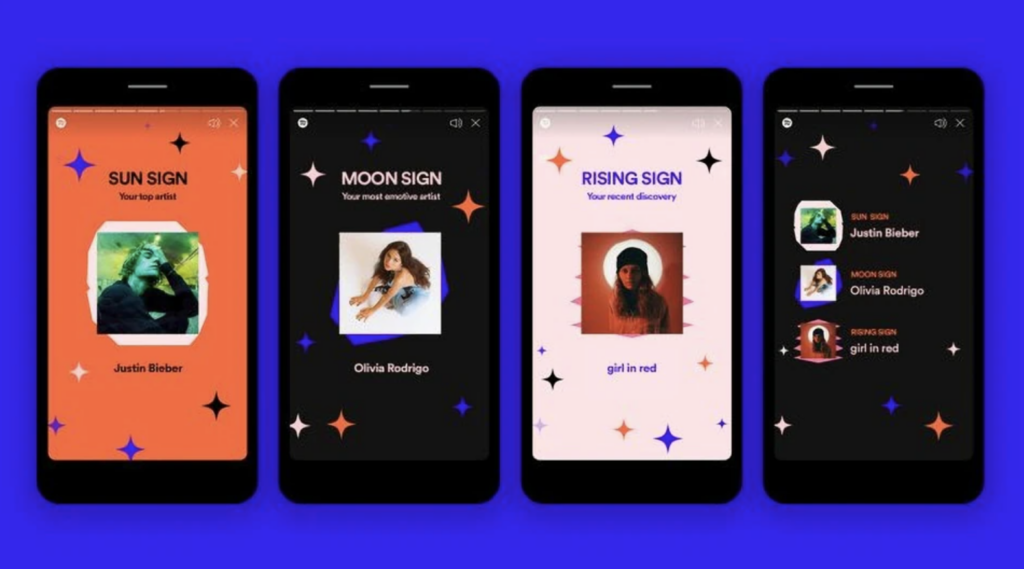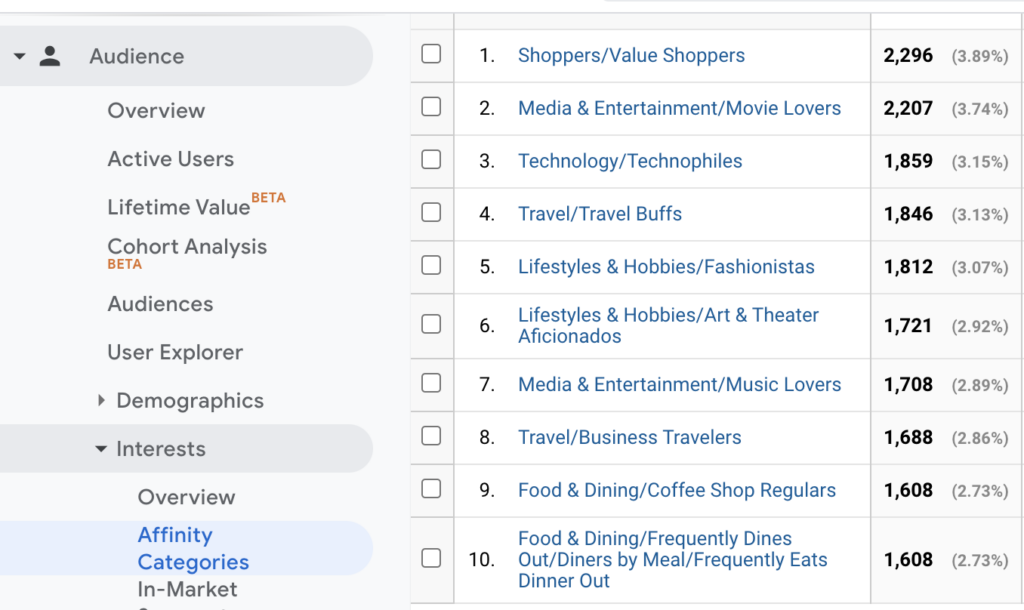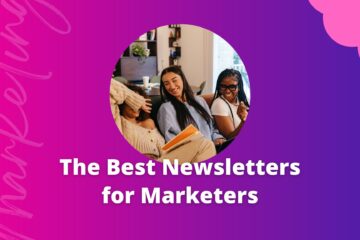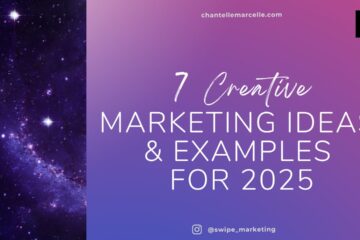

How Spotify Uses Personalized Marketing as a Competitive Edge
Personalized marketing as a concept pops up frequently in discussions about significant marketing trends. Despite that, there aren’t a lot of examples of effective implementation.
However, Spotify takes personalization to a new level.
Firstly, they’ve centered their entire product around providing a personalized experience. Each user sees a customized view and recommendations delivered to them based on their unique profile.
But they also continually show an understanding of how to win with personalization on a campaign-level basis.
Related Content: How Niche Marketing Benefited Fiverr Growth Strategy
Case in point, Spotify’s new Only You campaign is GENIUS.
Here are 5 ways Spotify elevates their brand by making personalized marketing into a true competitive differentiator.
1. One-to-One Personalized Marketing Content
The Only You campaign is just one example of how Spotify builds out campaigns with a one-to-one mindset. They release most features and content with an element of personalization, such as the celebrated, annual #SpotifyWrapped.
This approach provides personalized content for each user that is both fun and useful.
But it also speaks to each customer directly and individually.
Related Content: How Starbucks Used Data to Turn 10 Seconds Into $240,000
The Only You campaign doesn’t speak to the audience as if they’re lumped together into cohorts, percentages or statistics.
Even the name of this particular campaign, Only You, reinforces a one-to-one relationship with the brand. It creates the impression of a more intimate and personalized touch point.
2. Data-Driven (Minus the Creepy)
One of the biggest challenges for companies is not just gathering or organizing data, but also applying it.
The Only You campaign presents user data using the right mix of lighthearted tone and beneficial insights, without screaming, “HEY, we’re stalking your activity.”
Not an easy feat in a world where privacy has become a top talking point across the marketing industry.
Largely Spotify focuses on data points that are relevant to their product and customer interactions. They stick to the point.
And they made it optional to access the campaign rather than pushing it out to all users automatically.
3. Awareness of Customer Trends
Generally speaking, Millennials and Gen-Z really love astrology. (Must have been all those Miss Cleo commercials our parents watched).
Spotify cleverly incorporated this trend into their campaign content by presenting in the form of an “Audio Birth Chart.” The move clearly aimed to better connect with a key target demographic for their company.
This is where applying data in the right way comes into play.
If you’ve built out solid buyer personas and gotten to know your target customers well, that information presents the best way to shape and guide marketing.
Not just basic facts, like location or age.
What interests do they have? What passions or interests capture their attention?
4. Encouraging Virality
It’s near impossible to predict what content will go viral. And in fact, most marketers cringe to hear that a campaign goal is to go viral.
But Spotify does a tremendous job of knowing how to push their campaigns in that direction.
The Only You campaign design makes it easily shared across any social media or communication platforms.
Related Content: TikTok, Netflix Prove Impact of Improving Content Distribution Strategy
I originally found it through mentions on social media, as well as through their paid ads.
The campaign created conversations that extended far beyond the brand’s existing customer base.
Distribution plays a key role in any marketing content strategy. Encouraging their users to share the campaign content meant it would go a lot further beyond the brand’s own channel reach.
5. Bold Risk-Taking
This kind of campaign isn’t scalable, and it doesn’t tie directly back to revenue.
But that didn’t stop Spotify from pulling the trigger on this.
Most companies, especially at the executive level, fail to understand the value of marketing that doesn’t create immediate conversions.
But the long-term benefits of doing this type of “delight-your-customers” content will certainly pay off for brands.
Spotify currently has 34% of the streaming market share, but with competitors like Apple Music aiming to cut into that, campaigns like this help them stay top of mind with consumers.
Personalized marketing results in an experience competitors can’t match and that will bring repeat customers looking for a brand that makes an effort to deliver exactly what they want.
How You Can Apply Personalized Marketing (On Any Budget)
Admittedly Spotify has a huge budget and tons of resources. But even if your company doesn’t, it’s still possible for you to benefit from incorporating more personalization into your marketing strategy.
For example, dynamic content means adjusting what each user or customer sees when they interact with your website pages or app.
You don’t have to hire a developer or know how to code extensively to accomplish this.
Related Content: The Most Incredible Brand Building Example You’ve Never Heard Of
Is your website built with WordPress? You can add plug-ins that will make your website content dynamic based on the user. (One of those is If-So, which you can learn about here.)
You can even serve up an entirely different page depending on where the user’s IP is located using geotargeting. (This comes in handy as more countries and states develop their own privacy laws, like GDPR or CCPA.)
Moreover, HubSpot also offers a feature that lets you present dynamic content on landing pages. The “smart content” can be based on user traits, like geographic location or lifecycle stage.
You can also set up email campaigns that will send to your email subscribers based on their activity.
Someone who visits a certain page on your blog site could then receive an email providing more of your content on the topic of that blog, for instance.
Building automated workflows would be the best and simplest way to achieve this. That isn’t difficult if you have a marketing automation platform like HubSpot or Marketo.
And Google Analytics or similar analytics tools provide a ton of useful audience data.
For instance, you can see random information like what percentage of your website visitors have recently moved or traveled. Or enjoy eating out for dinner.

The important thing here remains to put the customer or user first.
Personalization in marketing is all about a better connection with your audience on a one-to-one basis.
Always start with the question, how will this benefit them?
Read another post: The Ugly Business of Visual Bias in Marketing & Advertising
Interested in getting more content like this? Sign up for my newsletter and get fresh insight delivered to you weekly.


